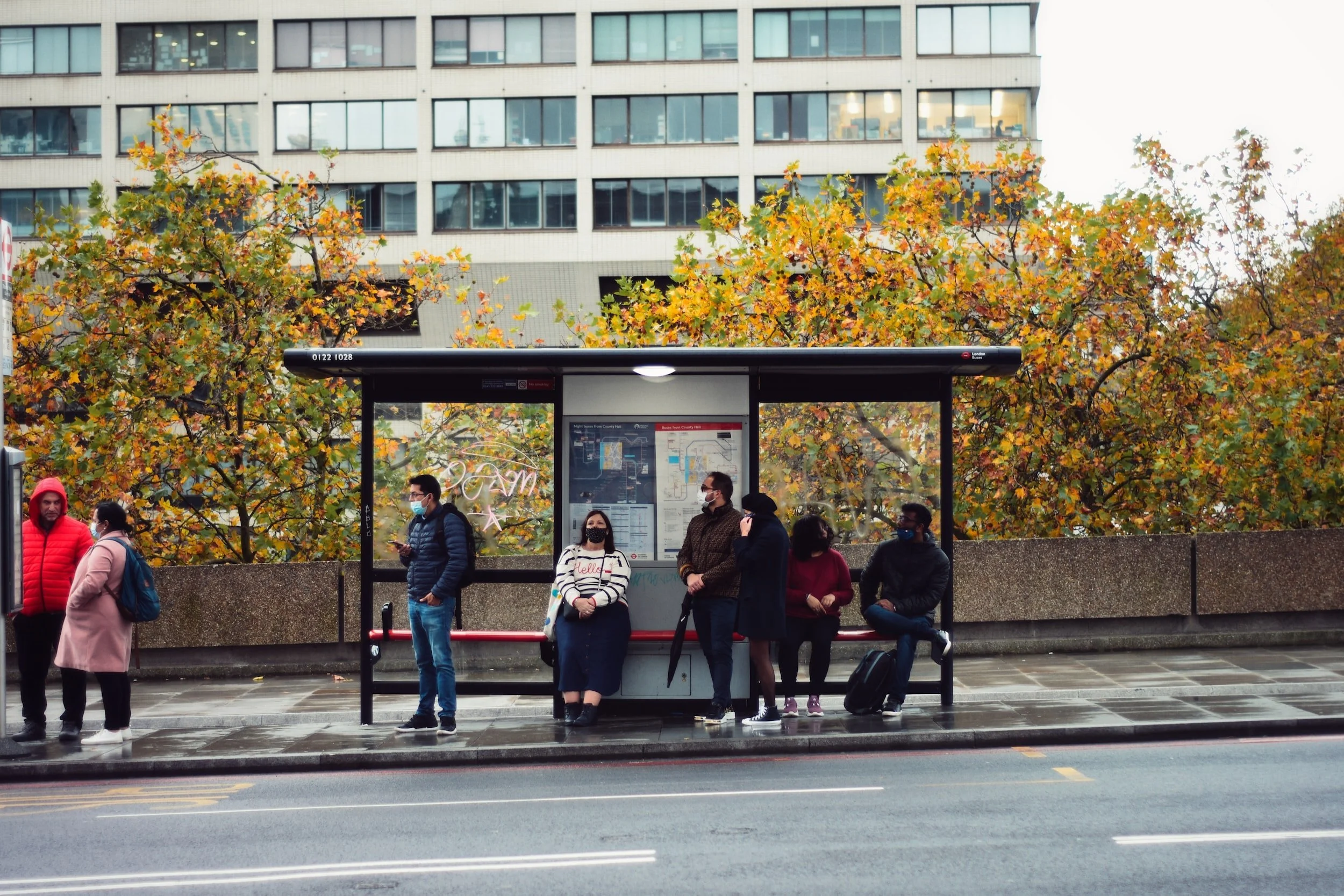Fare Caps Might Get Transit Out of the Pandemic Slump
Fare Caps Might Get Transit Out of the Pandemic Slump
Peter Yeung, Next City, January 13, 2022
word count: 1035
Special rules: Please include the tracking pixel into the source or HTML view of your CMS when republishing this story. The tracking pixel can be found at the bottom of the story.
For years “pay as you go” systems, which give riders the freedom to choose when and how often they travel without being locked into a contract, have been seen by cities as the fairest ticket for public transit payment.
But a growing number of urban transit authorities are backing a tool that experts say has the potential to both increase ridership amid a pandemic-induced slump and reduce the financial burden on the poorest commuters: fare caps.
“Fare capping is a no brainer for policymakers,” says Ben Fried, a spokesperson for the NYC-based research group TransitCenter. “It massively simplifies the calculation riders have to make.”
Fare caps automatically provide riders with what are known variously as period passes, season tickets or travelcards, depending on how much they use the transit network, without needing to purchase upfront. Based on a fixed time period such as daily, weekly or monthly tickets, fare capping means that all passengers – including those can only afford to “pay as they go” – have access to the cheapest deals.
“It’s a fairer way to structure payment and it’s easy to do,” adds Fried. “It’s one less thing to think about. You don’t have to run through all the potential costs or journeys you could make in your head. ”
Fare capping is already deployed by some of the largest transit agencies in the world, including Transport for London, which has had weekly fare caps since 2014. In 2017, Portland became one of the first cities in the US to introduce a fare cap. Both Houston Metro and Oakland’s AC Transit have fare caps built into their day passes.
But in what will be the largest scheme of its kind in the U.S., starting February 28, New York City will introduce a fare cap that will see riders on subways and buses pay no more than $33 a week as long as they use the Metropolitan Transport Authority’s (MTA) new tap-and-pay One Metro New York (OMNY) system.
Under the scheme, which will initially run as a four-month pilot, riders who pay the $2.75 fare with the same card or smartphone a dozen times between any Monday through the following Sunday will get all their remaining rides that week free. Until now, riders have had to pay $33 upfront to get unlimited weekly rides.
While NYC’s fare cap is an attempt to boost ridership, which is only around 50 percent of pre-pandemic levels, and to encourage use of OMNY, the idea is also that in the long term it will democratize access to transport by removing upfront costs.
Maria Kamargianni, professor of Transport Systems Innovation and Sustainability at University College London, says that fare caps already in place in cities like London show the approach to be “effective” at opening up access.
“Travelers can feel trapped when they buy a weekly pass or monthly pass,” she says. “They are not sure if they will use it or waste their money. Fare caps create trust and assure them that they can travel as much as they want.”
Pre-pandemic research by TransitCenter found that riders in New York City’s lower income neighborhoods only tended to use 7-day passes. “They could not afford the 30-day passes,” says Fried. “Often people don’t have the cash on hand to afford an unlimited pass up front. So lower income people tend to pay more than rich people.”
But Fried argues the NYC fare cap, which only includes weekly passes, should be widened to include 30-day passes. According to TransitCenter research carried out in fall 2021, if the MTA were to do so, nearly 200,000 riders would benefit, saving $159 each per year, and low-income riders would disproportionately gain. Some 7.5% of riders from neighborhoods with average household incomes below $40,000 would switch, compared to 4.2% from middle-income neighborhoods (between $40,0000 - $90,000) and 0.8% from high-income neighborhoods. “We would like it to extend to the monthly option,” he says. “It’s the best bargain you can get for your dollar. The sooner it expands to include that option, the faster they will reap those benefits.”
However, while experts say the benefits of fare capping are well established, the impact on city finances is less clear. The fare cap will inevitably reduce income from some users, but that could be outweighed by greater ridership or efficiency. Analysis of Portland’s fare cap found that it led to a 1-1.5 percent fall in revenue. However, that figure is offset by reduced costs of electronic fare payment compared with cash.
“That’s the basic trade off,” adds Fried. “In the past, there was reluctance on the part of agencies because of potential loss of income. The pandemic has upended so much that they have to shed this risk aversion. It’s definitely a worthwhile thing to do.”
But Fried says that with the advent of mobile-payment technology, contactless cards and payment systems that accept credit cards, fare capping is becoming easier to implement – and that it should be used by all cities. “New fare technology is improving, and that’s helped address technical challenges,” he says.
Conversely, fare caps are seen as a way to accelerate that technological transition. The MTA is set to fully replace the transit system’s MetroCards with OMNY by 2023. Likewise, the paper Paris Métro tickets are set to be phased out by March 2022, with Navigo cards and smartphone passes instead encouraged. “Fare capping helped London to shift towards mobile and contactless payment,” says Kamargianni. “It has improved user experience. There’s no need to top up your card or wait in line.”
Yet one concern is that transit authorities will face post-pandemic hesitancy over use of public transit, limiting the potential ridership boost from fare caps. “The question mark is more related to COVID,” says Kamargianni. “Authorities must create trust about the cleanliness and safeness of traveling.”
Fried echoes those caveats. “Fare caps are not a panacea for transit and are only one part of a suite of tools that should be used,” he says, pointing to standard methods of expanding or restricting service to better meet people’s needs. “If it’s the only thing an agency is doing to make transit more equitable it won’t be enough.”
Tracking:
<img src="https://www.google-analytics.com/collect?v=1&t=pageview&tid=UA-2562581-1&cid=3b6ec1b9-4d1c-4304-a404-3b54e78470ef&dh=nextcity.org&dt=%5BSJN%5DFare%20Caps%20Might%20Get%20Transit%20Out%20of%20the%20Pandemic%20Slump&dp=sjn/https://nextcity.org/urbanist-news/fare-caps-might-get-transit-out-of-the-pandemic-slump"/>






